Peter Paul Rubens in 10 Paintings
A Baroque master and portraitist of the royals, Peter Paul Rubens is probably best known for his often drama-filled religious and mythological...
Anna Ingram 30 May 2024
Frans Post has gone down in art history as the first trained landscape painter to work in the Americas. In 1636, as a young man of just 24, he embarked on a journey to the far lands of Brazil as member of a scientific expedition, and in effect produced astonishing visual documentation of Brazilian flora and fauna.
Frans Post was born on 17 November, 1612, in Haarlem, an artistically rich environment well known for its prominent landscape painters such as Jan van de Velde (c. 1593-1641), Jan van Goyen (1596-1656), Pieter de Molijn (1595-1661), Cornelis Vroom (1591-1661), Salomon van Ruysdael (c. 1600-1670), and, in the prime time of the genre, Jacob van Ruisdael (c. 1629-1682). Not much is known of Post’s early career until the year 1636 when he set his foot on a ship bound for Brazil.
Below, you can see a portrait of Frans Post, presumably aged 43, painted by Frans Hals, a fellow Haarlem painter and one of the most prominent portraitists of Dutch Golden Age.
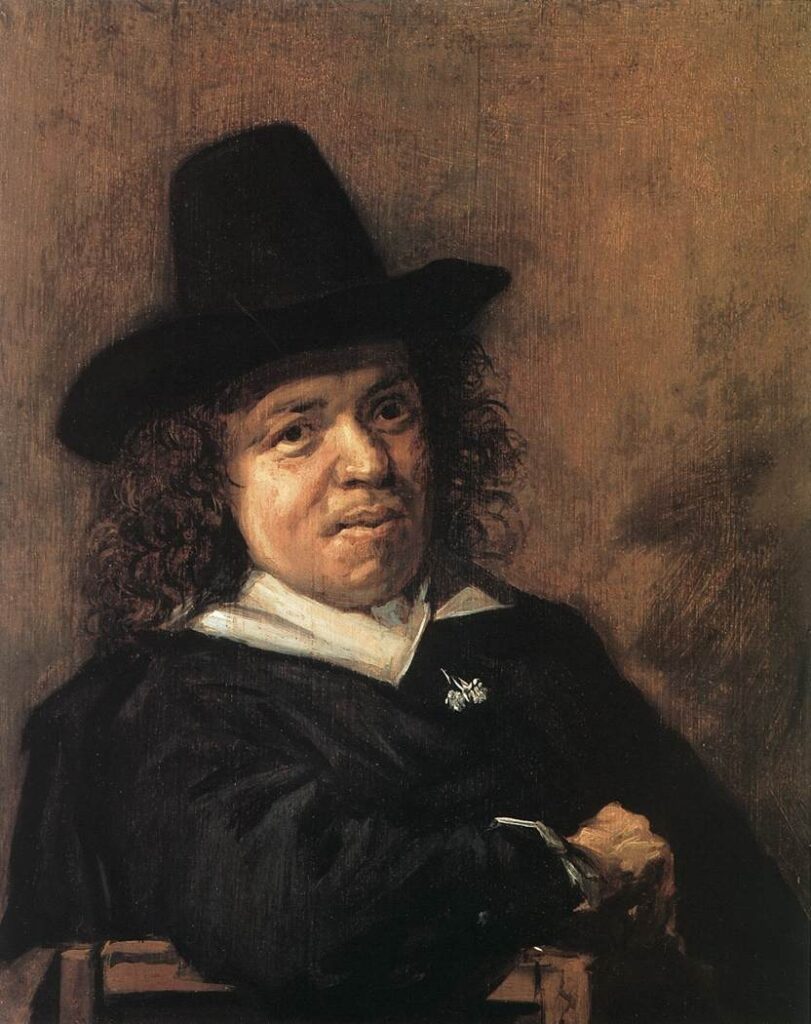
Frans Hals, Portrait of Frans Post, ca. 1655, Worcester Art Museum, Worcester, MA, USA.
Post was fortunate to be born into a family of artistic traditions: his father, Jan Janszoon Post (c. 1575-1614), was a stained-glass painter from Leiden, and his older brother Pieter Post (1608-1669) was known as one of the most prominent architects of the century, working directly with the House of Orange-Nassau, a quasi-monarchy reigning in the 17th-century Netherlands. Presumably through Pieter’s connections, young Frans encountered Johan Maurits van Nassau-Siegen (1604-1679), a newly appointed governor general of Dutch colonies in Brazil. He became later a crucial figure in young Post’s career.
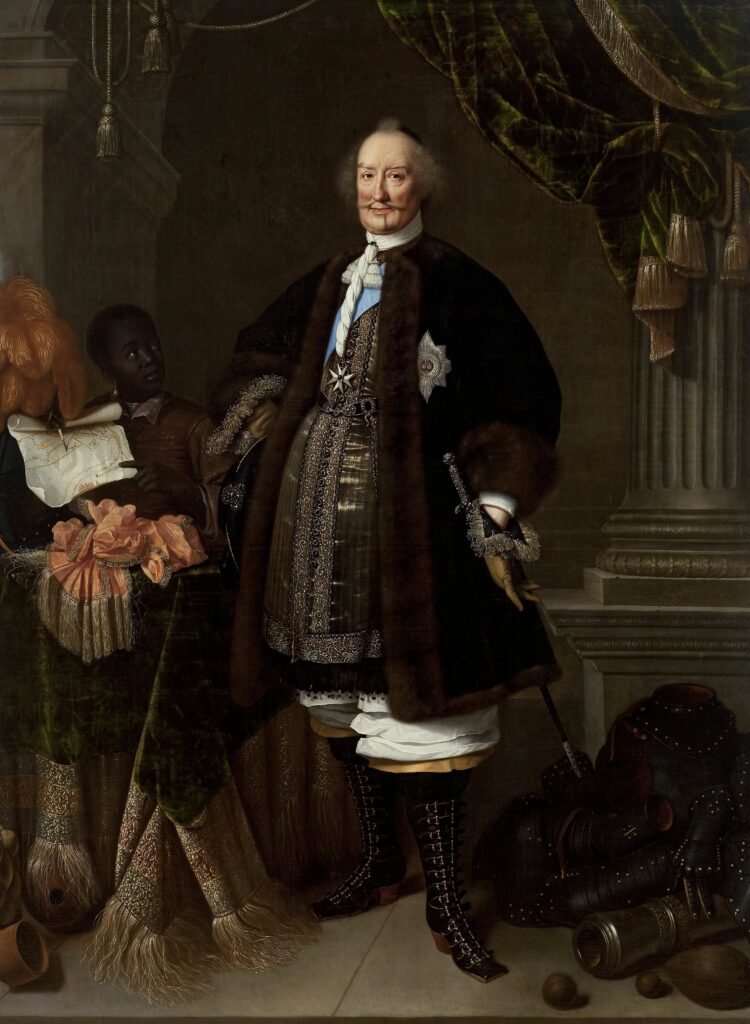
Pieter Nason, Portrait of the Count Johan Maurits van Nassau-Siegen, 1666, National Museum in Warsaw, Warsaw, Poland.
Johan Maurits was appointed governor general in August 1636 and immediately commenced organizing an ambitious scientific expedition that would accompany him during his sojourn in Brazil. He gathered in his court an entourage of young and brilliant scientists and artists, among which the most important were German natural scientist Georg Marcgraf (1610-c. 1644), Dutch physician Willem Piso (1611-1678), and Dutch painters: Albert Eckhout (c. 1607–c. 1666) with Frans Post.
It is hard to imagine the astonishment — of Post and other members of the Maurits’ expedition — of their first encounter with the tropical coast of Brazil, when they landed in the port city of Recife in 1637. We must take into account that most of the young artists and scientists in the Maurits’ entourage had never before left their native country, nor the continent. The retinue spent seven years at his Brazilian court studying and documenting all forms of life they encountered in the foreign land. The results of this grand study were eventually published in 1648 by Caspar Barlaeus and Johannes de Laet in Historia Naturalis Brasiliae. Many Latin names of animals and plants inhabiting Brazil given by Marcgraf and Piso were later taken over by the Linnaean taxonomy, and thus remain in use until today.
There are unfortunately no extant works by Post depicting local Dutch landscapes from the period before his journey to Brazil, but based on his existing œuvre, we can assume that his entire career flourished in Brazil and developed after his return to Haarlem in 1644. While in Brazil, Post produced a total of 18 landscapes — today only seven of them exist. He continued to paint Brazilian vistas upon his return home, and the outstanding share of his œuvre consists of some 148 works. Post made hundreds of sketches of animals, buildings, and nature that served him later as the main source for countless paintings he produced throughout his professional career back in Holland.
The very first known painting in Post’s œuvre, and the very first image of Brazil by a European painter, is View of the Island of Itamaracá, Brazil from 3 November 1637.

Frans Post, View of the Island of Itamaracá, Brazil, 3 November 1637, Mauritshuis, The Hague, Netherlands. On loan from Rijksmuseum.
At first glance there isn’t much to see besides Brazilian sky full of dark clouds and a casual composition with four human figures and two horses. They are standing on Brazilian shore facing the island of Itamaracá. But after a closer look, we can discover more clues that, combined, are telling a complex history of Dutch Brazil and social structures in the colonies.
Firstly, the location. Initially, Johan Maurits, the governor-general of the colonies, intended to build a new capital on the island (eventually established in Mauritsstad – today’s Recife). Post’s paintings produced in Brazil depicted strategic locations of the Dutch Brazil. This, in turn, not only demonstrated Maurits’ high position as a colonial and cultural leader, but also legitimized the Dutch West India Company‘s claims to their colonial territories.
Secondly, the social structures. Two of the four human figures are white. We can recognize by their clothing that they are Portuguese. The white men are fully dressed and their heads are covered with hats protecting them from scorching sun. The presence of Portuguese plantation owners was not uncommon in Dutch Brazil, as the colonies previously belonged to the Portuguese and Spaniards and later on were seized by the Dutch.
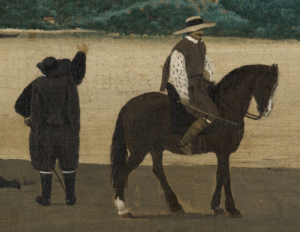
Thirdly, the racial inequalities. The other two men are black. They are enslaved Africans who, by forced labor on sugar cane plantations and refineries, were involuntarily involved in the sugar trade that brought fortune for the Dutch.
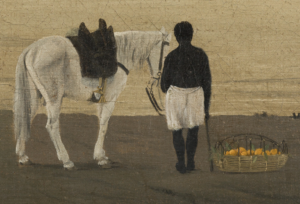
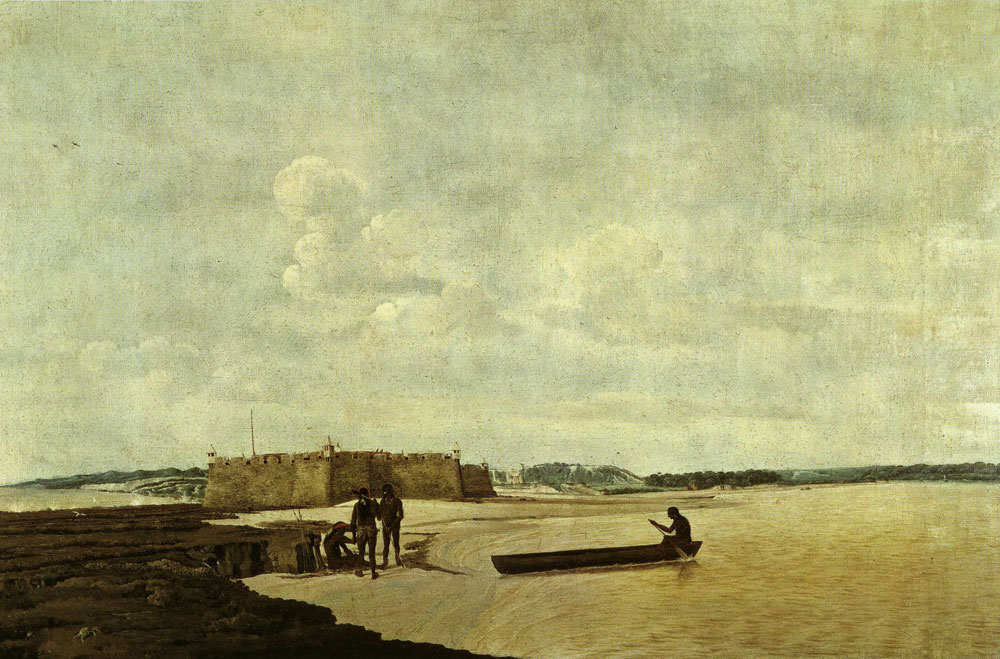
Frans Post, The Old Portuguese Forte dos Reis Magos, or Fort Ceulen, at the Mouth of the Rio Grande, 1638, Louvre, Paris, France.
This painting is one of seven remaining works from the original set of 18 paintings made for Johan Maurits. Interestingly, four of the seven extant works are located now in the Louvre, Paris, as they were gifted to King Louis XIV by Johan Maurits in 1679.
It is the only painting by Post that lacks vegetation. The composition focuses on the walls of the Fort in the background and four figures of Tapuya Indians in the foreground. The Tapuya were native peoples to the land colonized by the Portuguese and later, the Dutch. Post’s placement of Tapuyas in front of the garrison seems to be out of place, but scholars argue that this could be viewed as “symbol of domination of the white men who have invaded their land.”1
The then Fort Ceulen exists today as Forte dos Reis Magos in the city of Natal in the Brazilian state of Rio Grande do Norte.
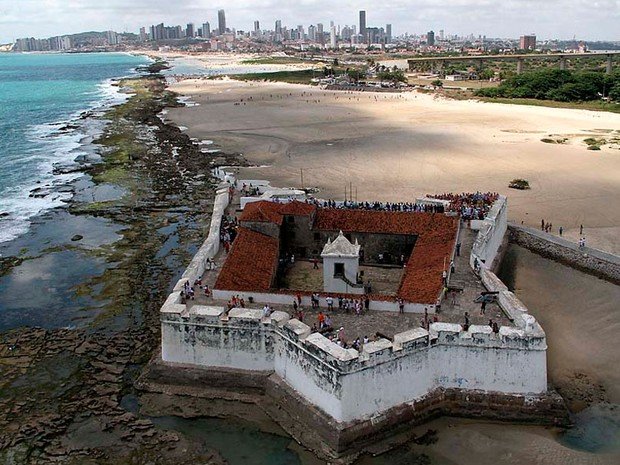
View of Forte dos Reis Magos, Natal, Brazil. Praias de Natal.
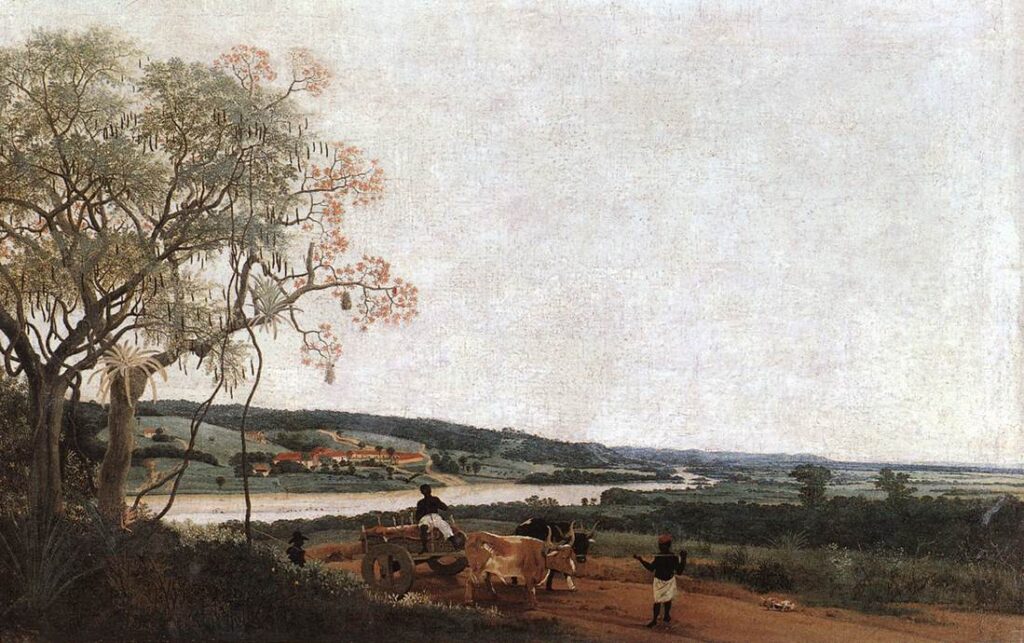
Frans Post, The Ox Cart, 1638, Louvre, Paris, France.
The Ox Cart, painted in 1638, is the third-known work from the Brazilian sojourn. In the foreground of this relatively flat Brazilian landscape we can see three enslaved Africans driving a two-wheeled cart pulled by two oxen. The scene is probably located in Serinhaém, the major centre for sugarcane production. The composition is very quiet, somewhat similar to traditional pastoral landscapes depicting Dutch flatlands with peasants returning from a hard day of work.

Pieter Bruegel the Elder, The Return of the Herd (Autumn), 1565, Kunsthistorisches Museum, Vienna, Austria.
Upon his arrival in Haarlem, Post’s style slightly changed, as he no longer worked for the Count and therefore could commercialize his production (both in quantity and quality). His landscapes were no longer as topographically accurate as those he produced in Brazil. In the post-Brazilian period we could call him a painter of tropical capricci. He is known to have been commercially successful after his return to Haarlem, where he had a fixed clientele of directors, merchants and employees of the Dutch India Company, amongst whom it was common to commission sentimental views of Brazil.

Frans Post, Brazilian Landscape, c. 1660-1670, National Gallery of Ireland, Dublin, Ireland.
On the Brazilian Landscape from around 1660-1670 we can see a variety of exotic animals in the foreground, and an imaginary landscape depicting rich tropical vegetation on the left side of the composition. In the 17th-century Dutch art market there was a big demand for exotic landscapes. They became an object of curiosity, and a picturesque representation of the New World as a foreign and exotic domain of the Dutch Empire in the West.
On the right side of the composition, we can see African slaves working in the sugar mill (engenho) belonging to the Dutch colonists. Sugar mills were a recurring motif in Post’s landscapes. For a good reason – sugar was the most luxurious and lucrative commodity bringing enormous revenues back to Holland. The image of the engenho settled in an idyllic and exotic landscape, however, does not convey the hardships of the “arduous, grueling, even deadly”2 labour of sugar refining, that “even the Indigenous Indian population could not survive.”3 Here we see the dangerous process more as an idyllic and bucolic fantasy of sugar production and African slaves as happy farmers, rather than physical workers.
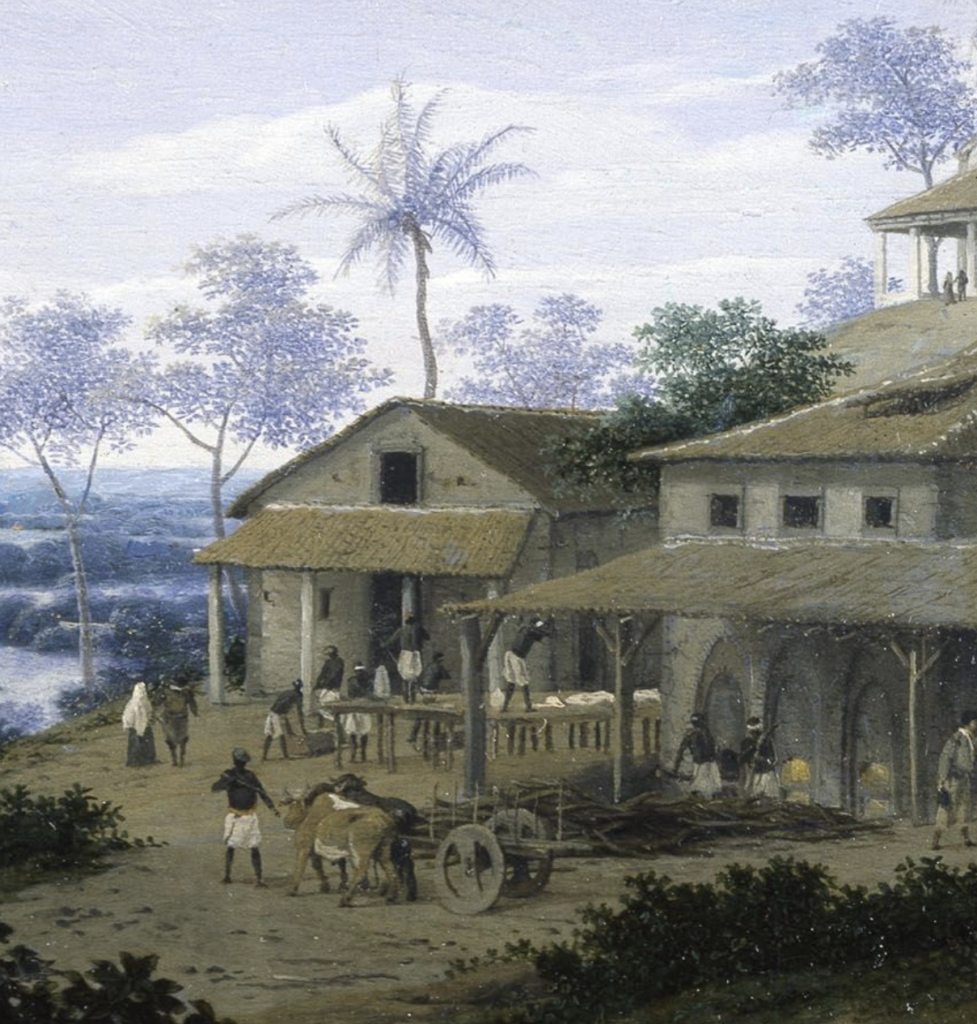
Frans Post, Brazilian Landscape, c. 1660-1670, National Gallery of Ireland, Dublin, Ireland. Detail.
On the View of Olinda, Brazil we can see a partially existing landscape placed in an imaginary setting of vegetation and animals. In the center of the composition we see Olinda Cathedral badly damaged when the Dutch captured Olinda from the Portuguese in the 1630s. After a closer look we can see a group of people attending the ruined church, among them are Christian priests, Portuguese settlers, and African servants. An unlikely scene to behold in reality…

Frans Post, View of Olinda, Brazil, 1662, Rijksmuseum, Amsterdam, Netherlands.
In the foreground, we see a typical-for-Post display of exotic animals, among them: an anteater, sloth, armadillo, lizard, a sitting monkey, a strange amphibian—looking like a toad, and a snake wrapped around a papaya tree (possibly an anaconda?).
In 1647, Post joined the Haarlem Guild of St. Luke where he enjoyed a high position of Guild’s treasurer (penningsmeester). He became known as the painter of exotic landscapes. The prices and demand for his works was relatively high during his lifetime.
In 1650, Post married Jannetje Bogaert, daughter of Salomon Bogaert, a professor of Latijnsche School in Haarlem. Unfortunately, Post did not enjoy a long and happy family life. They had three children together, two of them died during labor. His wife Jannetje died in 1664, and his beloved brother Pieter in 1669. According to art historian Ilja Veldman, Post became a heavy alcoholic at the end of his life,4 possibly due to the losses he suffered from throughout the years. Post died on 17 February, 1680, and was buried on the next day in the St. Bavo Church in Haarlem.
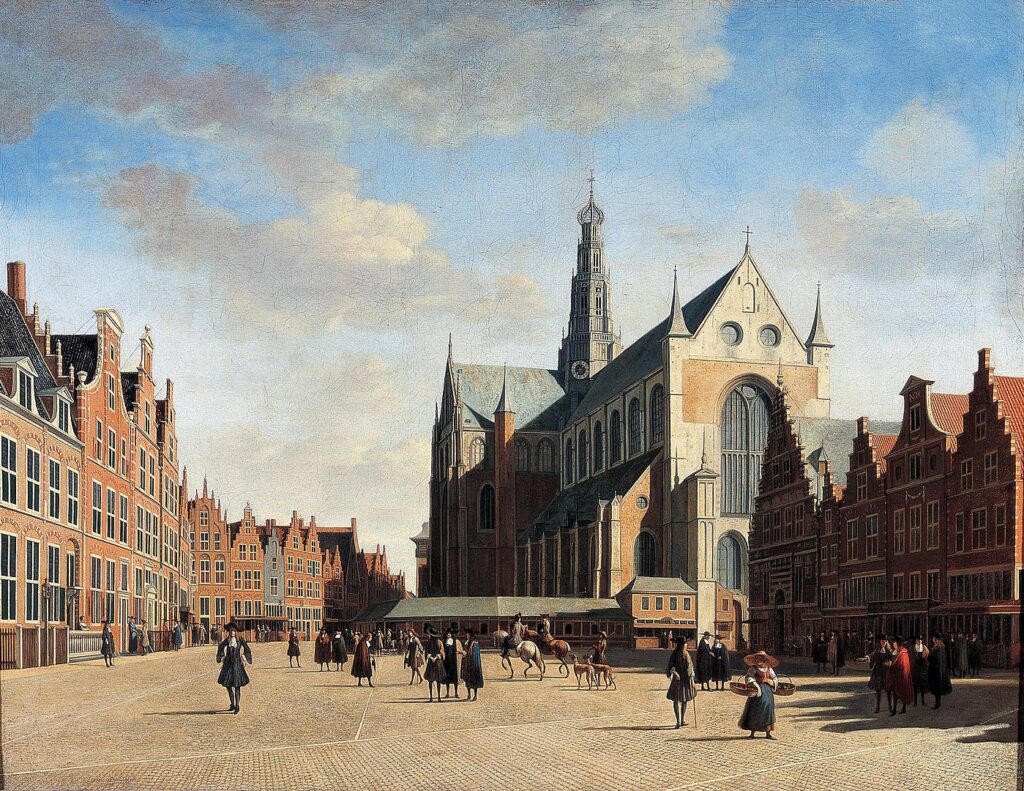
Gerrit Berckheyde, The Grote Markt in Haarlem with the St. Bavo church, seen from the west, 1696, Frans Hals Museum, Haarlem, Netherlands.
B. & P. Corrêa do Lago. Frans Post (1612-1680): Catalogue Raisonné. Milan: 5 Continents, 2007, p. 94.
J. B. Hochstrasser. Still Life and Trade in the Dutch Golden Age. New Haven: Yale University Press, 2007, 192.
Ibid.
I. M. Veldman, Post (Poost), Frans Jansz. In: A. Beyer, B. Savoy, W. Tegethoff, Allgemeines Künstler- lexikon: die bildenden Künstler aller Zeiten und Völker. Bd 96, Munich & Leipzig: K. G. Saur, 2017, p. 392.
DailyArt Magazine needs your support. Every contribution, however big or small, is very valuable for our future. Thanks to it, we will be able to sustain and grow the Magazine. Thank you for your help!